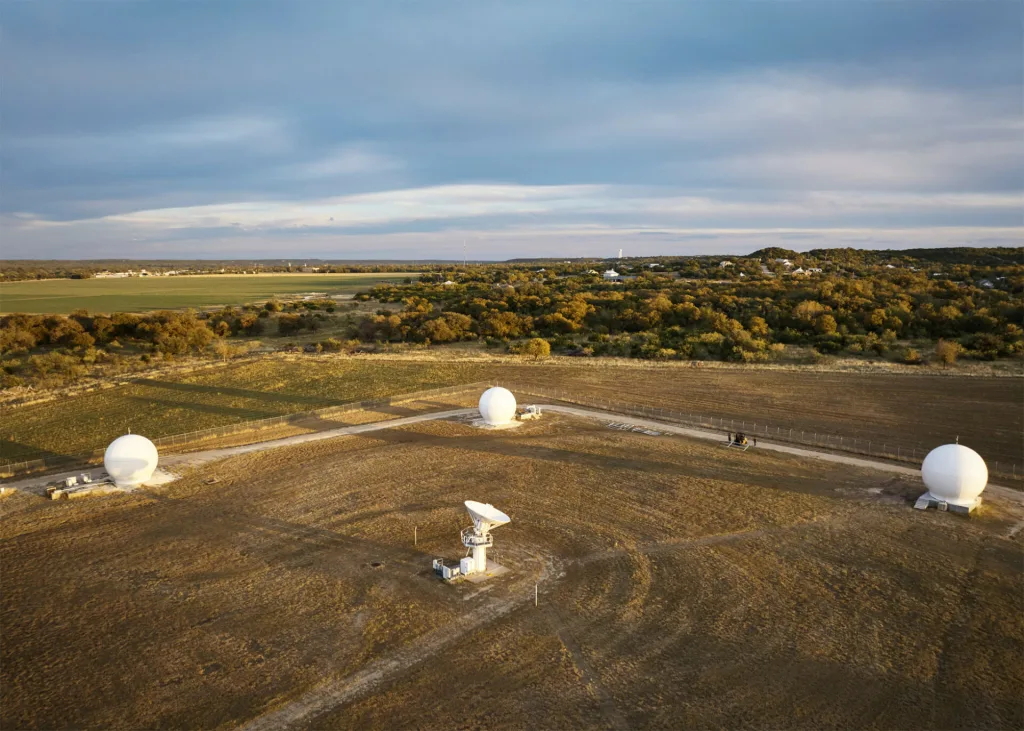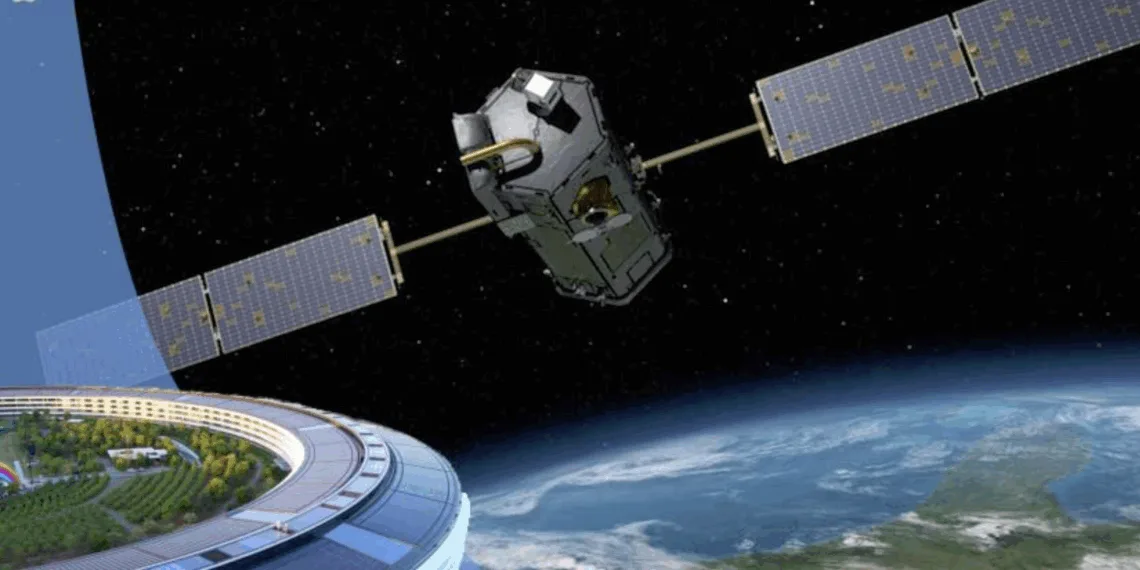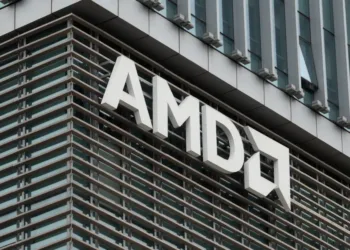In a strategic move to challenge SpaceX’s Starlink, Apple is intensifying its efforts to expand global satellite internet services. Recent developments, including significant investments and strategic hiring, signal Apple’s commitment to enhancing its satellite capabilities.
Table of Contents
Apple’s Strategic Investments in Satellite Connectivity
Apple’s foray into satellite connectivity began in 2022 with a $450 million investment in Globalstar, aimed at bolstering U.S. manufacturing for satellite and ground station infrastructure. Building on this foundation, in November 2024, Apple acquired a 20% stake in Globalstar for $400 million and prepaid $1.1 billion to enhance satellite infrastructure. This partnership enables iPhone users to send emergency messages in areas without cellular service.
Strategic Hiring Indicates Global Expansion
Apple’s recent job postings further underscore its ambitions. The company is seeking a Senior Regulatory Engineering Program Manager to shape its satellite strategy, focusing on wireless regulations and spectrum policy. Additionally, a Strategic Deals & Partnerships Manager role aims to develop and manage worldwide satellite spectrum rights. These positions suggest a concerted effort to expand beyond emergency services into broader satellite connectivity.

Starlink’s Rapid Expansion and Technological Advancements
Meanwhile, SpaceX’s Starlink has been rapidly expanding its satellite internet services. In 2024, Starlink’s global internet traffic more than tripled, driven by expansion into countries like Chad, Mongolia, and Argentina, and increased usage on planes and cruises. The introduction of the Starlink Mini, a compact satellite dish, has also attracted RV and van-life users.
In December 2024, SpaceX completed its first Starlink satellite constellation designed to provide direct internet connectivity to standard mobile phones. This development aims to address connectivity challenges in underserved and remote areas by eliminating the need for specialized equipment.
The Competitive Landscape
Apple’s current satellite capabilities allow iPhone users to send emergency messages in areas without cellular or Wi-Fi coverage. In contrast, SpaceX’s Starlink, in partnership with T-Mobile, offers broader mobile satellite services. Starlink has been expanding its direct-to-cell services, with plans to roll out in Ukraine in late 2025.
Future Prospects
Globalstar plans to launch a constellation of 3,080 satellites, with 10% expected to be operational by 2029. With Apple’s financial backing and global ambitions, the Mobile Satellite Service (MSS) market is poised for significant transformation. The competition between Apple and SpaceX’s Starlink will likely drive innovation and expanded services in the satellite internet sector.
Key Takeaway: The rivalry between Apple and SpaceX marks the beginning of a new era in satellite internet. With Apple’s strategic investments and Starlink’s rapid advancements, the race to provide global, high-speed connectivity is set to reshape the tech industry.








